Blogs
These leaves are often available in the garden, especially in the countryside, and are often picked to make raw vegetables or served with some specialty dishes to increase the flavor of delicious dishes, at the same time. has many good health effects.
Below are 5 types of garden leaves that can be eaten raw and have many health benefits:
1. Fig leaves
According to Oriental medicine, fig leaves are cool, have a slightly sweet and acrid taste, and have blood-clearing, pain-relieving, diuretic, anti-inflammatory, expectorant, antiseptic, and blood-boosting effects. Folk also use fig leaves to treat rheumatism and improve milk production.
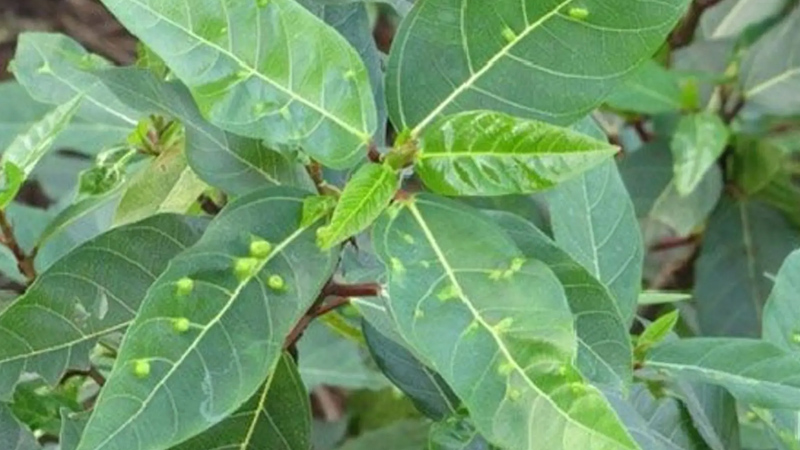
The World Health Organization (WHO) suggests that fig leaves can be used to support the treatment of diabetes because it has the effect of reducing glucose. A small study conducted in 1998 found that fig leaf extract helped reduce participants' postprandial blood sugar levels and lower the insulin doses they needed.
Many in vitro studies show that fig leaves and fig latex have antitumor activity against human colon cancer, breast cancer, cervical cancer and liver cancer cells. Fig leaves can also improve blood pressure and blood fat levels.
Figs can be used with leaves and fruits to eat with boiled meat, sour meat, fish salad... Figs can be pickled or salted and eaten with hot rice. In addition, it can also be processed into medicinal herbs that are quite effective in treating kidney stones and gallstones.
2. Guava leaves
According to health experts, guava leaves contain soluble fiber and antioxidants that help reduce bad cholesterol in the body. Drinking a cup of guava leaf tea every day will improve cardiovascular health, prevent the formation of free radicals, reduce the risk of complications, strokes...
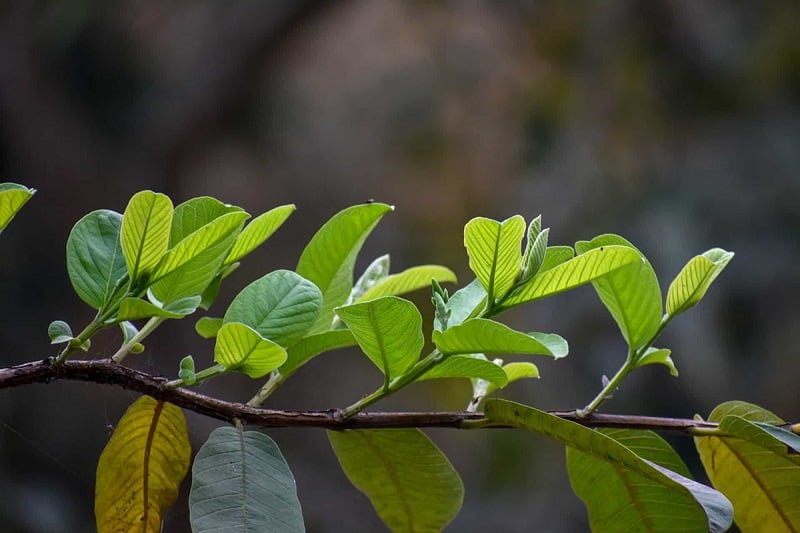
Guava leaves are a source of natural antioxidants that protect cells and play an important role in maintaining health. Guava leaves contain antioxidant compounds such as flavonoids, polyphenols and vitamin C, which have the ability to protect cells from damage caused by free radicals, preventing cardiovascular diseases and cancer.
Rancid leaves are not strange to anyone. Leaves that are neither old nor young are used in rustic dishes such as salad, fried spring rolls, sour spring rolls... helping to enhance the flavor of dishes very well.
3. Polyscias fruticosa leaves
Polyscias fruticosa (fish salad plant, male ginseng) is a plant known as "poor man's ginseng", it is a plant related to Ginseng, scientific name is Polyscias fruticosa Harms.
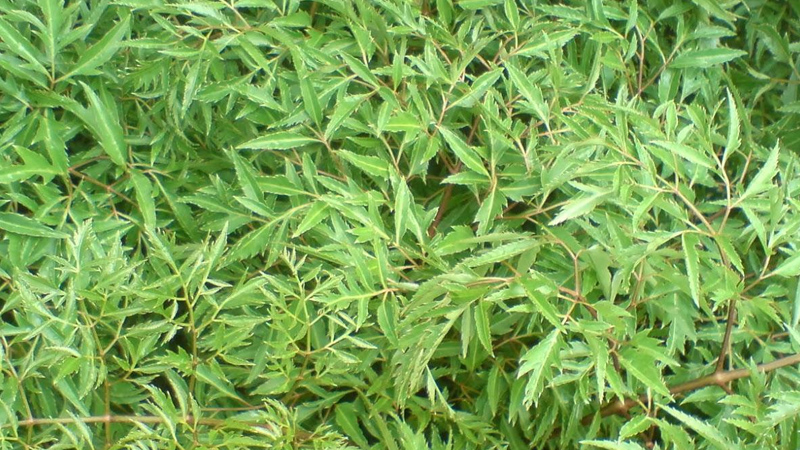
Traditional medicine considers Polyscias fruticosa leaves to have cool properties, a slightly bitter taste, and has good effects on detoxification, anti-allergy, and constipation treatment... In Western medicine, Polyscias fruticosa leaves contain good ingredients. for health such as:
- B vitamins, especially vitamin B1, are very good for the cardiovascular system, eyesight and nervous system.
- Glucoside helps enhance the contractility of the heart and reduce the amount of Na in the heart.
- Alkaloids provide effective pain relief and anesthesia.
- Flavonoids help inhibit disease-causing bacteria.
In addition to the leaves used as a side dish, the stems and roots of Polyscias fruticosa can be used as diuretics and stimulate appetite very effectively.
Polyscias fruticosa leaves are shaped like fish bones, small polyscias fruticosa leaves are popular in rustic dishes such as salad, fried spring rolls, sour spring rolls... helping to enhance the flavor of dishes very well.
4. Hairy apricot leaves
According to Traditional Medicine, apricot leaves have a bitter, astringent taste, are cool, and have a characteristic odor that can be difficult to smell for many people. Modern medicine has researched and found in this leaf ingredients such as: Essential oils, protein, vitamin C, carotene and some other ingredients.
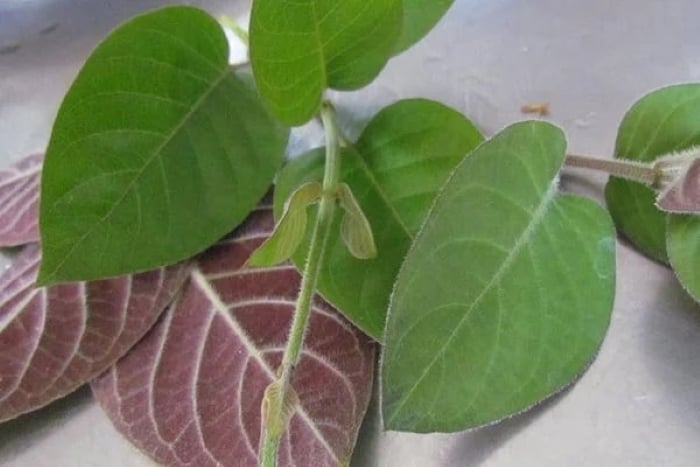
Apricot leaves have effects such as:
- Oriental medicine uses apricot leaves to disinfect, clear heat, detoxify, eliminate wind, stimulate blood, and treat flatulence and indigestion.
- Apricot leaves cure diarrhea, support the treatment of bloody stools and dysentery.
- This spice is also effective in reducing phlegm coughs and supporting the treatment of coughs caused by bronchitis.
- The active ingredient Sulfur dimethyl disulphide in apricot leaves has antibacterial and anti-inflammatory properties, helping to kill bacteria in the digestive tract.
Apricot leaves are also used as a vegetable to accompany dishes such as fish salad, dog meat, spring rolls...
5. Lolot leaves
According to Oriental medicine, lolot leaves have a spicy taste and warm properties, so they can help eliminate cold, warm the body and relieve pain quite effectively. Thanks to its use in treating bone and joint pain, rheumatism, rheumatism, gynecological diseases, sunstroke, toothache...
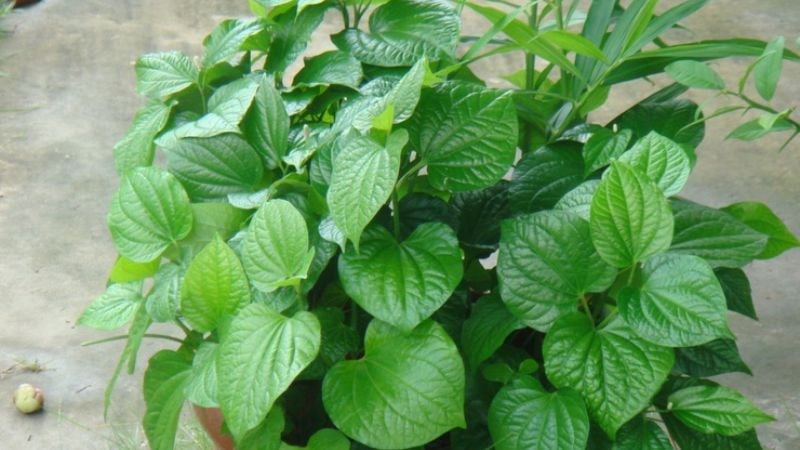
According to modern medicine, the leaves and stems contain essential oils including beta-caryophyllene and benzyl acetate, which are extremely effective anti-inflammatory and pain-relieving ingredients. In addition, lolot leaves are also used to treat skin diseases, rheumatism, headaches, diarrhea and toothache.
Lolot leaves are often used in dishes such as grilled beef with lolot, braised snails with banana and beans...
Posted in: Family & Home, Health
Be the first person to like this.
Sponsored

VPS and Dedicated Servers
https://contabo.com/en/locations/asia-singapore/
Cloud VPS, Cloud VDS and Bare Metal in Asia. German quality served directly from Singapore. More CPU

Hire the best freelancers
https://www.freelancer.com/
Hire the best freelancers for any job, online.






